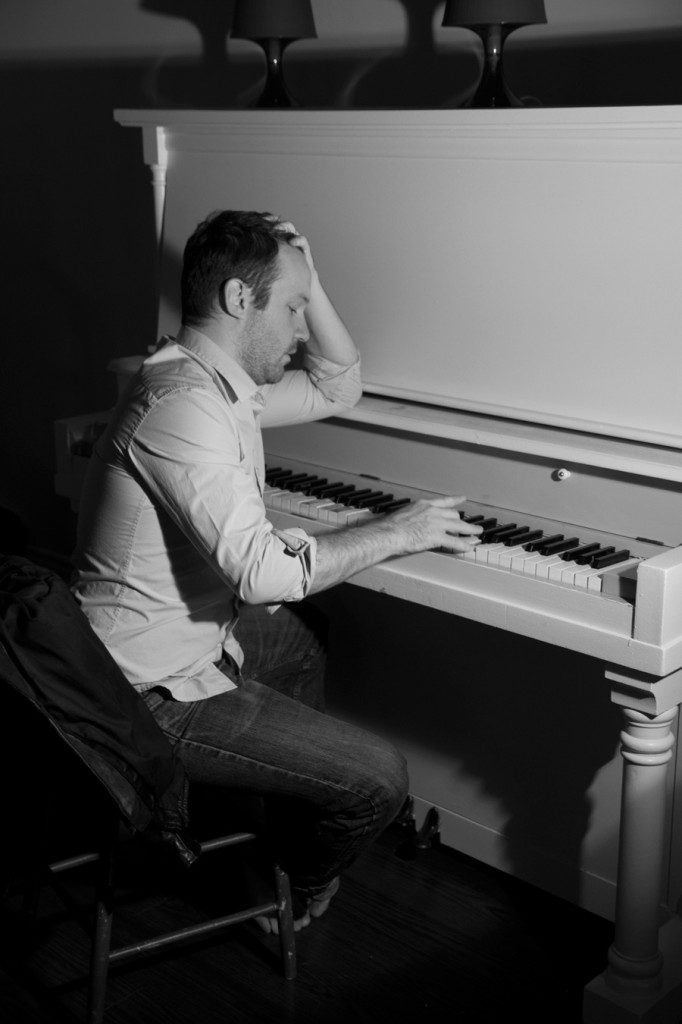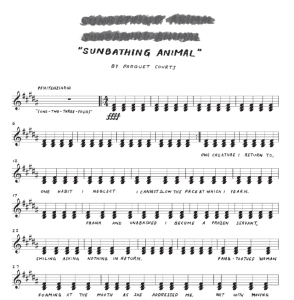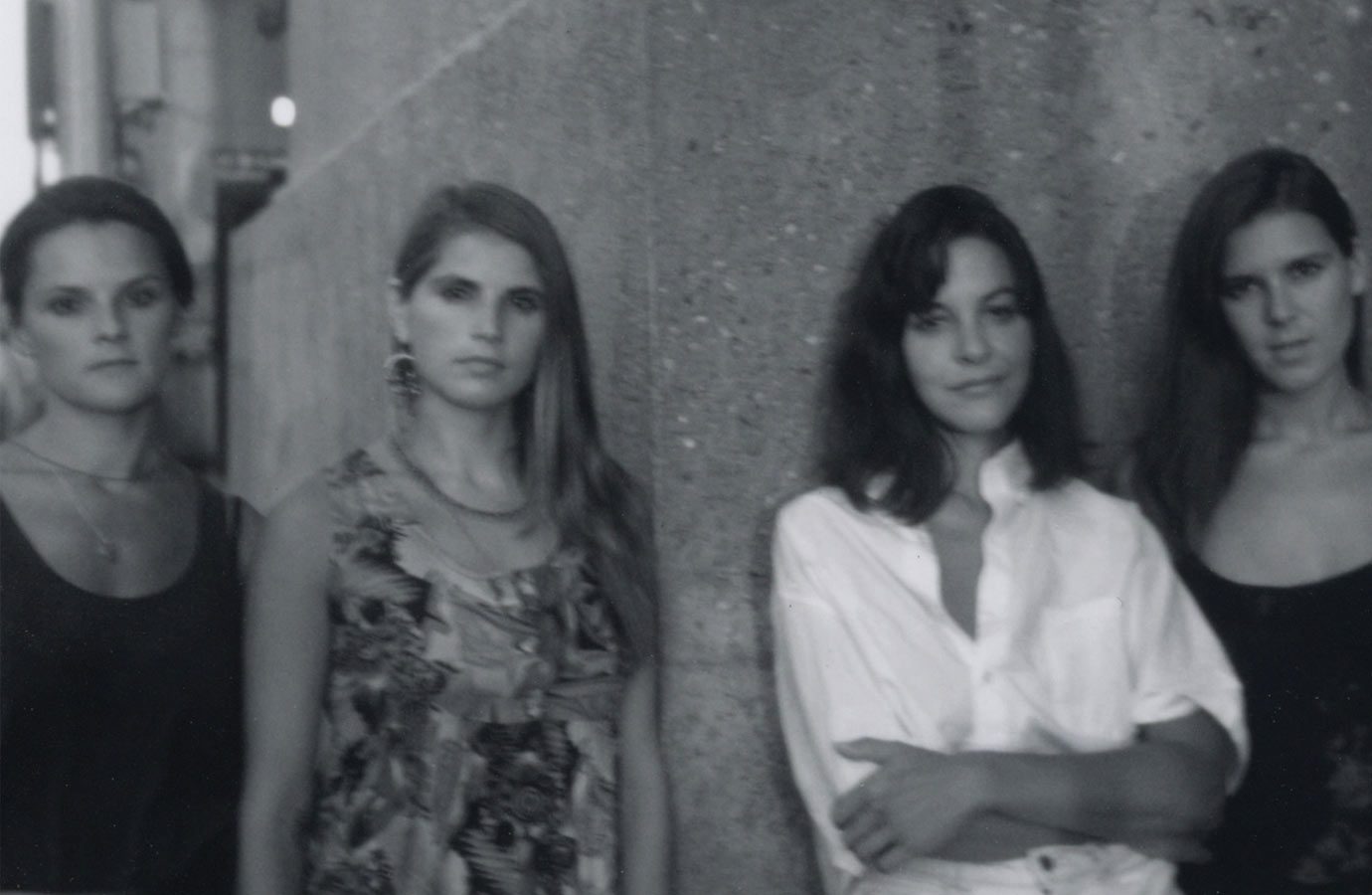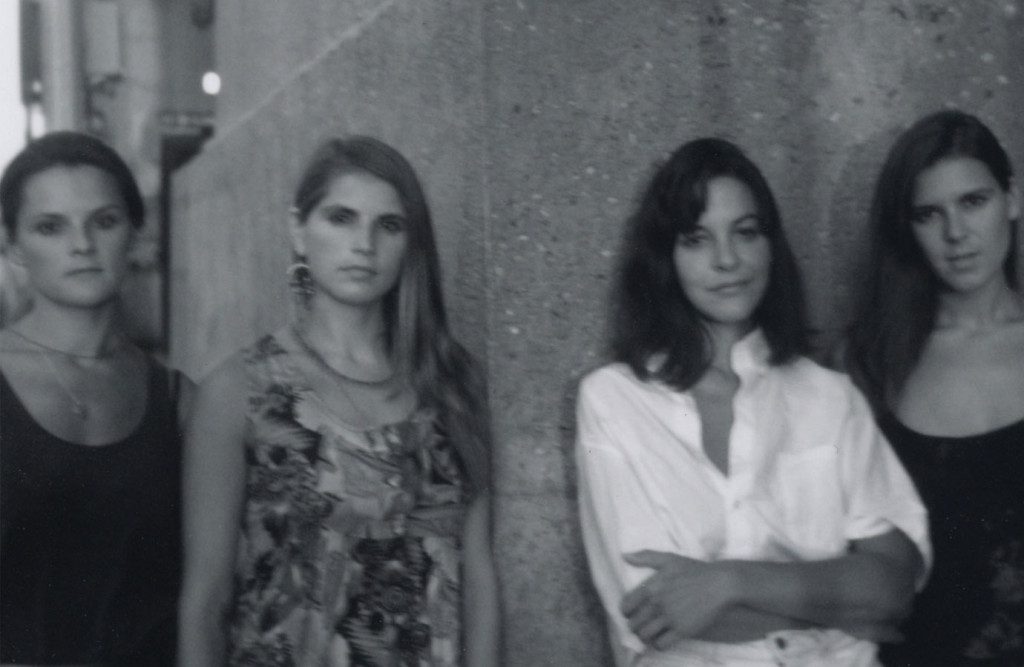
[fusion_builder_container hundred_percent=”yes” overflow=”visible”][fusion_builder_row][fusion_builder_column type=”1_1″ background_position=”left top” background_color=”” border_size=”” border_color=”” border_style=”solid” spacing=”yes” background_image=”” background_repeat=”no-repeat” padding=”” margin_top=”0px” margin_bottom=”0px” class=”” id=”” animation_type=”” animation_speed=”0.3″ animation_direction=”left” hide_on_mobile=”no” center_content=”no” min_height=”none”]
About halfway through their set, someone in the crowd watching Sore Eros open for Pure X shouted, “Somebody call Pitchfork!” The comment didn’t have the mean-spirited air of outright heckling; it almost seemed as if it was meant as a compliment. The Northampton-based band could use the press; they’ve been releasing records since 2009 with almost no traction despite high-profile collaborators like Ariel Pink and Panda Bear. With a penchant for wordplay that goes beyond the palindrome of the band’s moniker and seeps into clever record titles like debut Second Chants and 2011’s Know Touching, it’s clear that Robert Robinson’s recording project started in pretty cerebral and intimate places. Enlisting friend Adam Langelloti early on established Sore Eros as a collaborative duo, and Andy Tomasello joined as drummer. But lately, perhaps out of the same restlessness that characterized Robinson’s earliest releases on his label Light Dead Sea, it seems like Sore Eros is searching for something bigger than the scratchy samples and whispered vocals that previously populated their work. The lineup now includes Jeff Morkeski and Matt Jugenheimer, and as a five-piece they haven’t sacrificed any of the original intimacy or cleverness, just expanded on their sound.
That’s likely thanks in part to old friends like Kurt Vile and Adam Granduciel of The War on Drugs. Both artists have had recent breakouts after paying long dues and ultimately releasing the most intricate records of their careers. November saw the release of Jamaica Plain, a three-song EP that revisits material Robinson recorded with Vile while the two were living in Boston a decade ago. And Granduciel will produce Sore Eros’ as-yet-untitled third studio album, which the band has been recording off-and-on in Philly for the better part of a year. Granduciel’s association with the project might be the extra push the band need for larger media outlets to finally take heed; at this point, at least the crowd at Baby’s All Right was convinced that the project is more than worth the attention. Sore Eros were unafraid to jam, letting chill guitar riffs unfurl in much the same way that Vile’s solos ramble on last year’s acclaimed Wakin’ On A Pretty Daze. Robinson is often self-deprecating in a humble-brag sort of way; it’s equal parts endearing and tiresome. But the building blocks are clearly in place for Sore Eros to have the kind of breakout that their friends have enjoyed, whether that means wooing Pitchfork or not.
[/fusion_builder_column][fusion_builder_column type=”1_1″ background_position=”left top” background_color=”” border_size=”” border_color=”” border_style=”solid” spacing=”yes” background_image=”” background_repeat=”no-repeat” padding=”” margin_top=”0px” margin_bottom=”0px” class=”” id=”” animation_type=”” animation_speed=”0.3″ animation_direction=”left” hide_on_mobile=”no” center_content=”no” min_height=”none”]
If Sore Eros needed another case-in-point of a band with a similar trajectory, they could easily look to Pure X for inspiration. Headlining the show, the Austin band is at a similar crossroads, just a bit further along. They’ve often drawn comparisons to Real Estate for their similarly mellow vibes and lazy, meandering guitar riffs. Their show at Baby’s, in fact, was a one-off smack dab in the middle of an extensive tour with Real Estate that’s only cemented the close associations. But while Real Estate remain the darlings of just about everyone in music journalism, praise for Pure X tends to be as casual and understated as the moods the band parlays on their most recent LP, Angel. Pure X seem to embody the sort of lackadaisical approach to life Richard Linklatter illuminated in Slacker; maybe it’s not a coincidence that the lifestyle-defining flick is set in and around the band’s hometown. But that’s not to say they should be written off. The listlessness of Angel belies the emotive power of the record, an effect felt ten-fold when the songs are performed live. Jesse Jenkins’ syrupy vocals suck you under some serious reverb, and floating in that haze it’s not unusual to find luminously rendered details throughout the atmospheric swirl – a shoegazey riff here, glinting synths there. It should be all Pure X need to set themselves apart, but their particularly blissed 70’s aesthetic, however brilliant, might be completely unappreciated by those looking for the next Real Estate.
If there’s any overarching mission statement from either act, it’s probably not more than a droll “Who cares?” Sore Eros and Pure X have been doing their thing without an apparent need for recognition from anyone. That fact alone gives both bands’ material a sense of authenticity that’s hard to come by in the Internet age, but getting overly excited about it all would be sort of antithetical.[/fusion_builder_column][/fusion_builder_row][/fusion_builder_container]

















